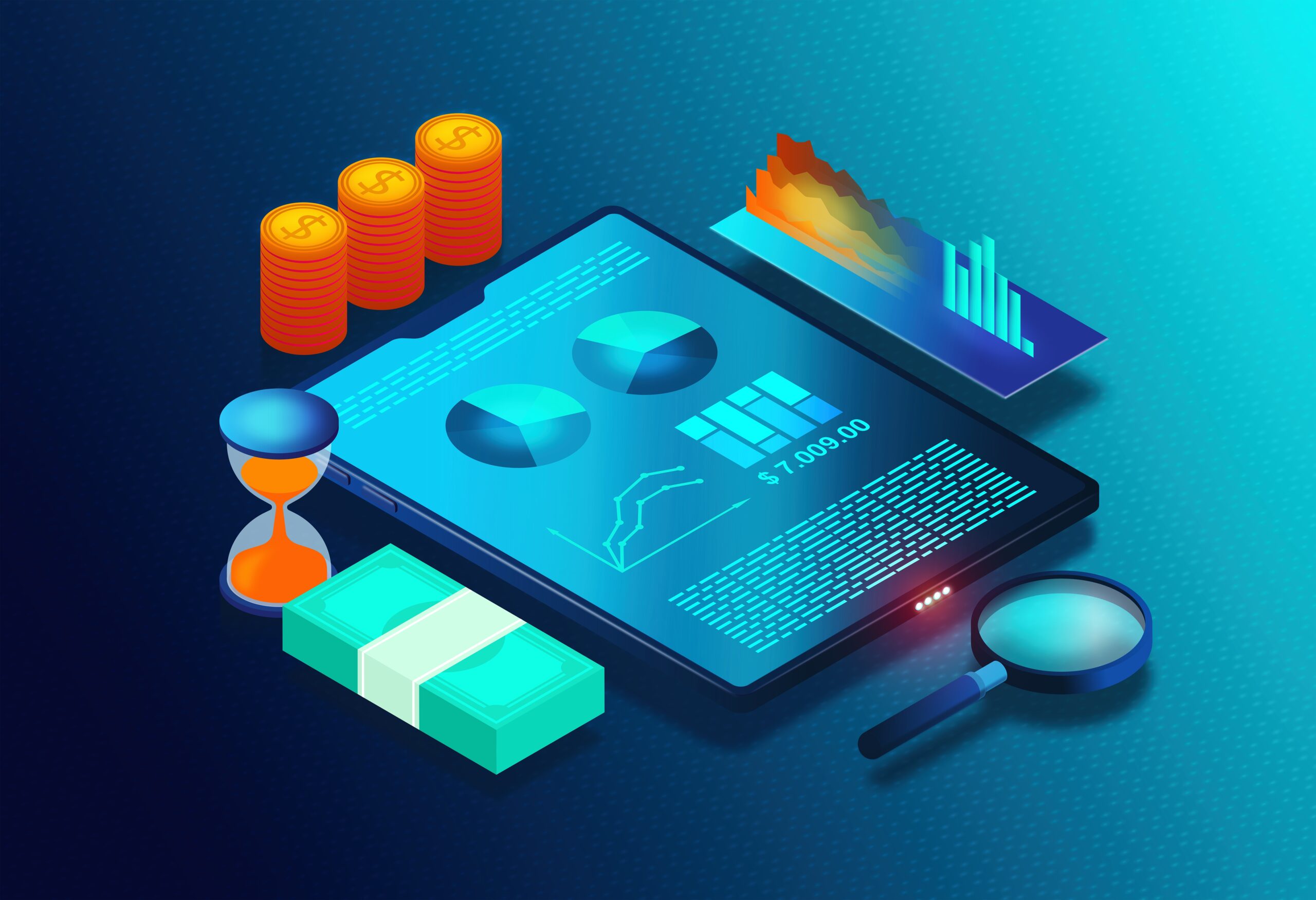Most scaling businesses don’t lack hustle. What they often lack is time. That time gets eaten up by tasks that should be automated, such as reconciling transactions, entering data manually, and chasing receipts. These aren’t strategic moves—they’re bottlenecks.
Accounting automation is about removing those blockers. It replaces repetitive tasks with smart, connected systems that free up your team and surface insights faster. With the right tools and support, businesses can transition from being reactive to confidently planning their next steps.
In this article, we’ll break down what accounting automation is, how it works, and how to tell if your business is ready for it. We’ll also cover how Nimbl supports back office freedom through a thoughtful, integrated approach.
What Is Accounting Automation and How Does It Improve Accounting Processes?
At its core, accounting automation involves the use of automation tools and machine learning to automate routine tasks, such as data entry, journal entries, accounts payable, and financial reporting. These are the time-consuming jobs that follow rules and patterns—the ones ripe for automation.
Automated accounting systems handle tasks such as:
- Processing financial transactions
- Creating financial reports
- Reconciling bank accounts
- Managing payroll
- Filing for tax compliance
Unlike outsourcing, which involves adding external labor, automation integrates into your existing processes and supports your accounting team by reducing manual tasks and minimizing human errors.
It doesn’t eliminate accounting professionals—it empowers them. When automation handles the busywork, teams can focus on interpreting results, spotting trends, and advising leadership.
The Benefits of Accounting Automation for Scaling Businesses
Implementing accounting automation software goes beyond time savings. It directly impacts the quality of your decisions and the pace at which you can grow.
Accuracy and Error Reduction
Manual processes introduce risk. Whether it’s a missed decimal or a duplicate entry, small errors can have significant consequences. Automation ensures data consistency and reduces the chance of mistakes in financial statements and financial data.
Real-Time Data for Decision-Making
Real-time financial reporting enables business leaders to act quickly. With up-to-date financial operations, teams can forecast with clarity, adjust spending quickly, and respond to market shifts without delay.
Cost and Time Savings
Reducing reliance on manual labor for data management, manual data entry, and repetitive tasks creates measurable cost savings. More importantly, it opens up capacity for higher-level strategic work.
Strengthened Compliance and Audit Readiness
Automated systems standardize record-keeping, making it easier to prepare for audits and maintain risk management standards. This is essential for meeting regulations and staying audit-ready as your business grows.
Scalable Infrastructure
A strong automated accounting system scales with your business. As transaction volume grows, your system doesn’t buckle—it adapts.
Accounting Automation in Practice: Software, Tools, and Real-World Examples
Automated tools, such as cloud-based accounting platforms (e.g., Xero, QuickBooks Online), form the backbone of financial technology infrastructure.
From there, you can layer in tools for:
- Invoice automation (e.g., Tipalti, Bill.com)
- Robotic process automation (RPA) for accounting workflows
- Expense management (e.g., Expensify, Ramp)
These platforms sync with your ERP, eCommerce, or project management systems to reduce friction across business operations.
At Nimbl, we pair this automation with real people—finance leaders who align these tools with your goals. Our role isn’t just implementation. We help you design a strategic roadmap and maintain control over your digital transformation.
Signs Your Business Needs Accounting Automation
Not sure if it’s time to automate?
Look for these signs:
- Your accounts payable department is drowning in invoices
- Reports are delayed or inconsistent
- You rely on spreadsheets for financial modeling
- You struggle to reconcile bank accounts at month-end
- Manual accounting leaves you vulnerable to errors
Each of these signals stress within your back office. That stress compounds as your business scales. Automation helps relieve it.
How to Get Started With Accounting Automation and the Right Software
Here’s how to begin a smooth transition into automated accounting.
Audit Existing Processes
Identify which accounting tasks are eating up the most time. Start with business processes that involve high volumes or repetitive work.
Identify High-Impact Areas for Automation
Manual accounting doesn’t need to disappear all at once. Start by automating areas like payroll, reconciliations, or financial reports.
Select Tech With Integration and Scalability in Mind
Pick automation tools that connect easily with your current accounting system and tech stack. Think cloud-first and API-friendly.
Consider Working With a Partner
You don’t have to tackle this alone. An experienced partner like Nimbl can help optimize your backend office solutions and ensure your automation is aligned with growth goals.
Beyond the Basics: What Automation Means for the Profession
Accounting automation isn’t just changing processes. It’s reshaping the accounting profession.
Tasks that once filled traditional accounting jobs—data reconciliation, ledger balancing, routine compliance checks—are now handled by automated accounting software. What’s emerging is a profession that demands higher-level data analysis, judgment, and strategic input.
This shift brings new expectations for financial professionals, from forensic accounting to CFO-level planning. It also increases demand for operational efficiency within firms, not just accuracy.
For accounting students and future accountants, it’s an opportunity—not a threat. As automation expands, so does the need for new skills and perspectives.
Modernizing Tradition: From Spreadsheets to Strategy
Many accounting firms still operate with traditional accounting systems—on-premise software, disconnected spreadsheets, and rigid workflows.
While these methods may have served their time, they no longer support today’s pace. Scaling companies need tools that match their ambition.
By leveraging technology, firms can enhance their client service and manage their own growth. Integrating emerging technologies, such as AI and real-time analytics, enables faster decision-making and more accurate forecasts.
In short, traditional accounting isn’t obsolete—but it is overdue for an upgrade. Automation is how you get there.
Automation That Works With You, Not Instead of You
Automation doesn’t replace people. It replaces the noise.
When done right, accounting automation supports your finance professionals, sharpens your data analysis skills, and creates space for professional development. It helps future accountants and accounting students focus on value—not volume.
Modern tools can extract meaningful insights from data analytics without compromising data security. With automation, your finance departments can shift from firefighting to forecasting.
Cloud computing is just the beginning. What comes next is a smarter, more agile accounting function—ready for growth and change.
If your back office is slowing you down, it might be time to get Nimbl.




